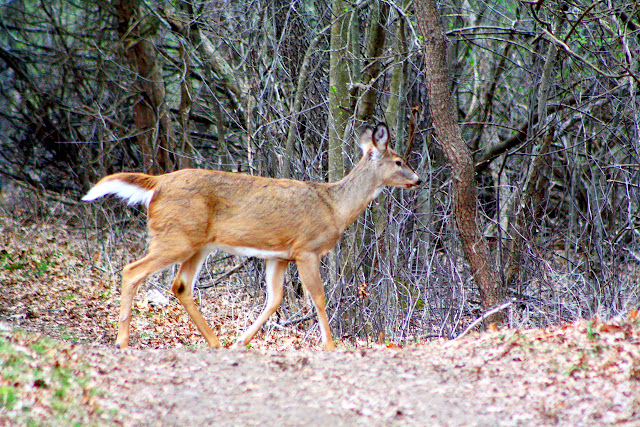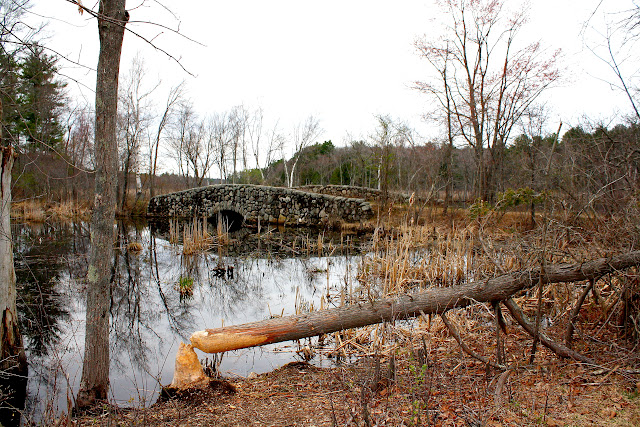Published Mar 27, 2012 at 2:00 pm (Updated Mar 27, 2012)
| Tom Paschal lifts a brail (net) of trout at Twin Mountain Hatchery. More than a million trout will be stocked for New Hampshire anglers this year. |
"Anglers – including me -- are champing at the bit, but despite the early warm weather that's allowed us to put a few fish in already in southern areas, we're expecting to stick fairly close to our normal stocking protocols," said Smith.
Smith explained that even if brooks appear to be at “fishable” levels, most trout species are reluctant to bite until the streams reach temperatures in the high 40's. "We don't want to stock too early and risk potential high-water events later in the season that could wash out our stocked fish," said Smith. "We're fortunate to have Conservation Officers in the field that can monitor water conditions and make slight modifications to their stocking schedules when required."
One potential adjustment could come if warm temperatures persist and the water warms up quicker than usual late in the season. "If that happens, we may have to condense the stocking season a little bit by stocking more frequently once the season gets going," said Smith. “This will allow stocked fish to better acclimate and later seek out habitats that provide thermal relief from rising temperatures.”
"The early ice-out is helpful in that it gives stocking trucks access to trout ponds to ensure stocking prior to the designated trout pond season opening on the fourth Saturday in April," said Smith. Many ponds north of Concord still have some ice cover, so pond temperatures should remain relatively cool even under these unusual spring conditions.
Raising a million trout each year is no small task. New Hampshire's hatchery system, funded by fishing license sales and federal Sport Fish Restoration funds, includes six facilities across the state.
The Berlin Fish Hatchery provides the three primary trout species to the North Country, including Coos County and the northern reaches of Grafton and Carroll Counties.
The Twin Mountain and Warren hatcheries provide trout to the White Mountain Region. The Warren Hatchery also will provide roughly 850,000 Atlantic salmon fry for stocking as part of the ongoing Merrimack River Anadromous Fish Restoration Program.
Powder Mill Hatchery in New Durham provides trout from the seacoast through the Lakes Region and into Carroll County. Powder Mill Hatchery also provides the Lakes Region with rainbow trout and landlocked salmon for New Hampshire's large lakes program. April 1 is the opening for salmon season in lakes managed for landlocked salmon. Avid salmon anglers are encouraged to help sustain this fishery by taking the Landlocked Salmon Anglers' Pledge (visit http://www.fishnh.com/Fishing/salmon_anglers_pledge.html).
In the Southwest region, Fish and Game's Milford Fish Hatchery has gained the reputation of growing “the big ones,” and with good reason. Well water provides favorable growing temperatures for trout year round, giving this hatchery a slight advantage over other facilities during the winter months.
New Hampton Hatchery is responsible for providing trout from central New Hampshire up to the White Mountains. In June, fingerling brook trout raised at New Hampton Hatchery will literally take flight, as they are stocked by helicopter into remote ponds in the White Mountains of New Hampshire. These remote ponds provide a special opportunity for those who wish to get off the beaten path and spend a day hiking and fishing in the White Mountains. "Remote pond fishing is a great experience and one of my favorites," says Smith. The fishing season for designated trout ponds, including remote ponds, opens on the fourth Saturday in April (April 28, 2012).
To help fund the remote pond aerial stocking program, the Wildlife Heritage Foundation of New Hampshire has established a dedicated donation account. Those who enjoy this experience and wish to contribute to the remote pond stocking program can donate online at http://www.nhwildlifefoundation.org; be sure to specify "remote pond stocking fund."
Now that we have a jump start on spring, Jason Smith and thousands of other New Hampshire anglers are eager to welcome the open-water fishing season. Visit http://www.fishnh.com to find boatloads of fishing information, fishing reports, stocking updates, and to buy your license online.
New Hampshire Fish and Game Department – connecting you to life outdoors.



































































